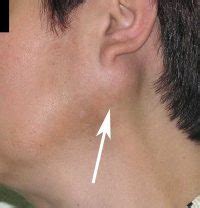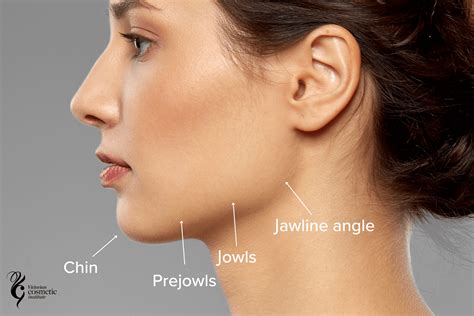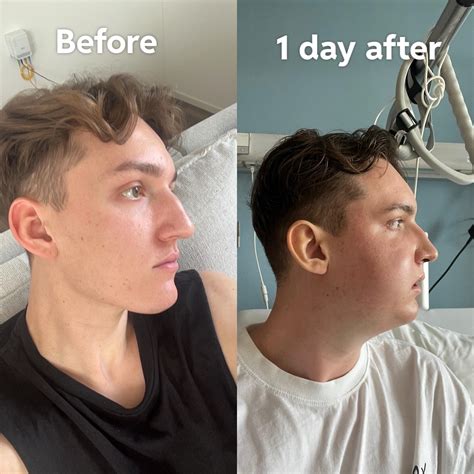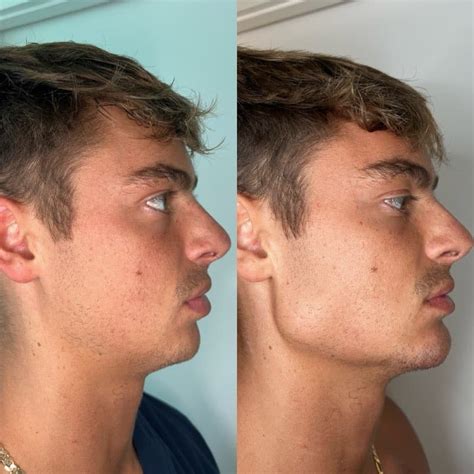Intro
Discover causes of swelling inside jawline, including infections, dental issues, and lymph node problems, and learn about symptoms, diagnosis, and treatment options for jawline swelling and facial pain.
Swelling inside the jawline can be a concerning and uncomfortable symptom, affecting not only the appearance of the face but also the overall health and well-being of an individual. It is essential to understand the potential causes of jawline swelling to seek proper medical attention and treatment. Swelling in this area can result from various factors, ranging from minor issues to more severe conditions. Recognizing the signs and symptoms is crucial for early diagnosis and intervention.
The jawline area is a complex region, comprising bones, muscles, tissues, and glands, making it susceptible to various types of swelling. The causes can be broadly categorized into infectious, inflammatory, traumatic, and pathological conditions. Each category encompasses a range of possible causes, from common dental problems to rare systemic diseases. Understanding these categories and their associated conditions can help individuals identify the potential cause of their jawline swelling and seek appropriate medical care.
Swelling inside the jawline can significantly impact an individual's quality of life, causing discomfort, pain, and aesthetic concerns. It can also be a symptom of an underlying condition that requires prompt medical attention. Therefore, it is vital to be aware of the possible causes and to consult a healthcare professional for a thorough evaluation and diagnosis. By doing so, individuals can receive the necessary treatment and alleviate their symptoms, preventing potential complications and improving their overall health.
Causes of Swelling Inside Jawline

Swelling inside the jawline can be caused by a variety of factors, including dental problems, infections, and systemic diseases. Dental issues, such as abscesses, cysts, and impacted teeth, can lead to swelling in the jawline area. Infections, including cellulitis, parotitis, and sialadenitis, can also cause swelling, as can traumatic injuries, such as fractures and contusions. Additionally, pathological conditions, including tumors and cysts, can cause swelling inside the jawline.
Dental Problems
Dental problems are a common cause of swelling inside the jawline. Abscesses, cysts, and impacted teeth can lead to infection and inflammation, resulting in swelling. Poor oral hygiene, gum disease, and tooth decay can also contribute to swelling in the jawline area. Regular dental check-ups and good oral hygiene practices can help prevent these conditions and reduce the risk of swelling.Infections
Infections are another common cause of jawline swelling. Cellulitis, a bacterial infection of the skin and tissues, can cause swelling, redness, and pain in the affected area. Parotitis, an infection of the parotid gland, can also cause swelling in the jawline area. Sialadenitis, an infection of the salivary glands, can lead to swelling, pain, and difficulty swallowing. Antibiotic treatment is usually effective in resolving these infections and reducing swelling.Traumatic Injuries
Traumatic injuries, such as fractures and contusions, can cause swelling inside the jawline. A broken jaw or a blow to the face can result in swelling, bruising, and pain. In some cases, surgical intervention may be necessary to repair the damage and alleviate symptoms.Diagnosis and Treatment

Diagnosing the cause of swelling inside the jawline requires a thorough medical evaluation. A healthcare professional will typically perform a physical examination, take a medical history, and order diagnostic tests, such as X-rays, CT scans, or MRI scans, to determine the underlying cause of the swelling. Treatment will depend on the underlying cause and may include antibiotic therapy, surgical intervention, or other medical interventions.
Antibiotic Therapy
Antibiotic therapy is often used to treat infections that cause jawline swelling. The type and duration of antibiotic treatment will depend on the specific infection and the individual's overall health. It is essential to complete the full course of antibiotic treatment to ensure that the infection is fully resolved and to prevent recurrence.Surgical Intervention
Surgical intervention may be necessary to treat certain conditions that cause jawline swelling, such as abscesses, cysts, or tumors. The type of surgery will depend on the underlying condition and may involve drainage of the abscess, removal of the cyst or tumor, or repair of damaged tissues.Prevention and Self-Care

Preventing swelling inside the jawline requires good oral hygiene practices, regular dental check-ups, and a healthy lifestyle. Avoiding traumatic injuries, such as wearing a mouthguard during sports, can also help prevent swelling. Self-care measures, such as applying cold compresses, taking over-the-counter pain relievers, and practicing good oral hygiene, can help alleviate symptoms and promote healing.
Good Oral Hygiene
Good oral hygiene practices, including brushing and flossing teeth regularly, can help prevent dental problems that cause jawline swelling. Regular dental check-ups can also help identify and treat potential issues before they become severe.Healthy Lifestyle
A healthy lifestyle, including a balanced diet, regular exercise, and adequate sleep, can help boost the immune system and reduce the risk of infections that cause jawline swelling. Avoiding tobacco and limiting alcohol consumption can also help prevent oral health problems.Complications and Risks

Untreated swelling inside the jawline can lead to complications, such as abscesses, cysts, and tumors, which can cause significant morbidity and mortality. Infections can also spread to other parts of the body, leading to more severe conditions, such as sepsis or meningitis. Prompt medical attention is essential to prevent these complications and ensure proper treatment.
Abscesses and Cysts
Abscesses and cysts can form in the jawline area, leading to swelling, pain, and difficulty swallowing. If left untreated, these conditions can become infected, leading to more severe complications.Infection Spread
Infections can spread to other parts of the body, leading to more severe conditions, such as sepsis or meningitis. Prompt antibiotic treatment is essential to prevent the spread of infection and ensure proper treatment.Conclusion and Next Steps

Swelling inside the jawline can be a concerning symptom, but with prompt medical attention and proper treatment, individuals can alleviate their symptoms and prevent complications. It is essential to be aware of the possible causes and to consult a healthcare professional for a thorough evaluation and diagnosis. By taking preventive measures, such as practicing good oral hygiene and maintaining a healthy lifestyle, individuals can reduce their risk of developing swelling inside the jawline.
If you are experiencing swelling inside your jawline, it is essential to seek medical attention promptly. A healthcare professional can evaluate your symptoms, diagnose the underlying cause, and provide proper treatment to alleviate your symptoms and prevent complications. Remember to practice good oral hygiene, maintain a healthy lifestyle, and seek medical attention if you experience any symptoms of jawline swelling.
What are the common causes of swelling inside the jawline?
+Common causes of swelling inside the jawline include dental problems, infections, traumatic injuries, and pathological conditions.
How can I prevent swelling inside my jawline?
+Preventing swelling inside the jawline requires good oral hygiene practices, regular dental check-ups, and a healthy lifestyle. Avoiding traumatic injuries and practicing self-care measures can also help prevent swelling.
What are the complications of untreated swelling inside the jawline?
+Untreated swelling inside the jawline can lead to complications, such as abscesses, cysts, and tumors, which can cause significant morbidity and mortality. Infections can also spread to other parts of the body, leading to more severe conditions.
We hope this article has provided you with valuable information about the causes, diagnosis, and treatment of swelling inside the jawline. If you have any further questions or concerns, please do not hesitate to comment below or share this article with others who may find it helpful. Remember to prioritize your oral health and seek medical attention promptly if you experience any symptoms of jawline swelling.
